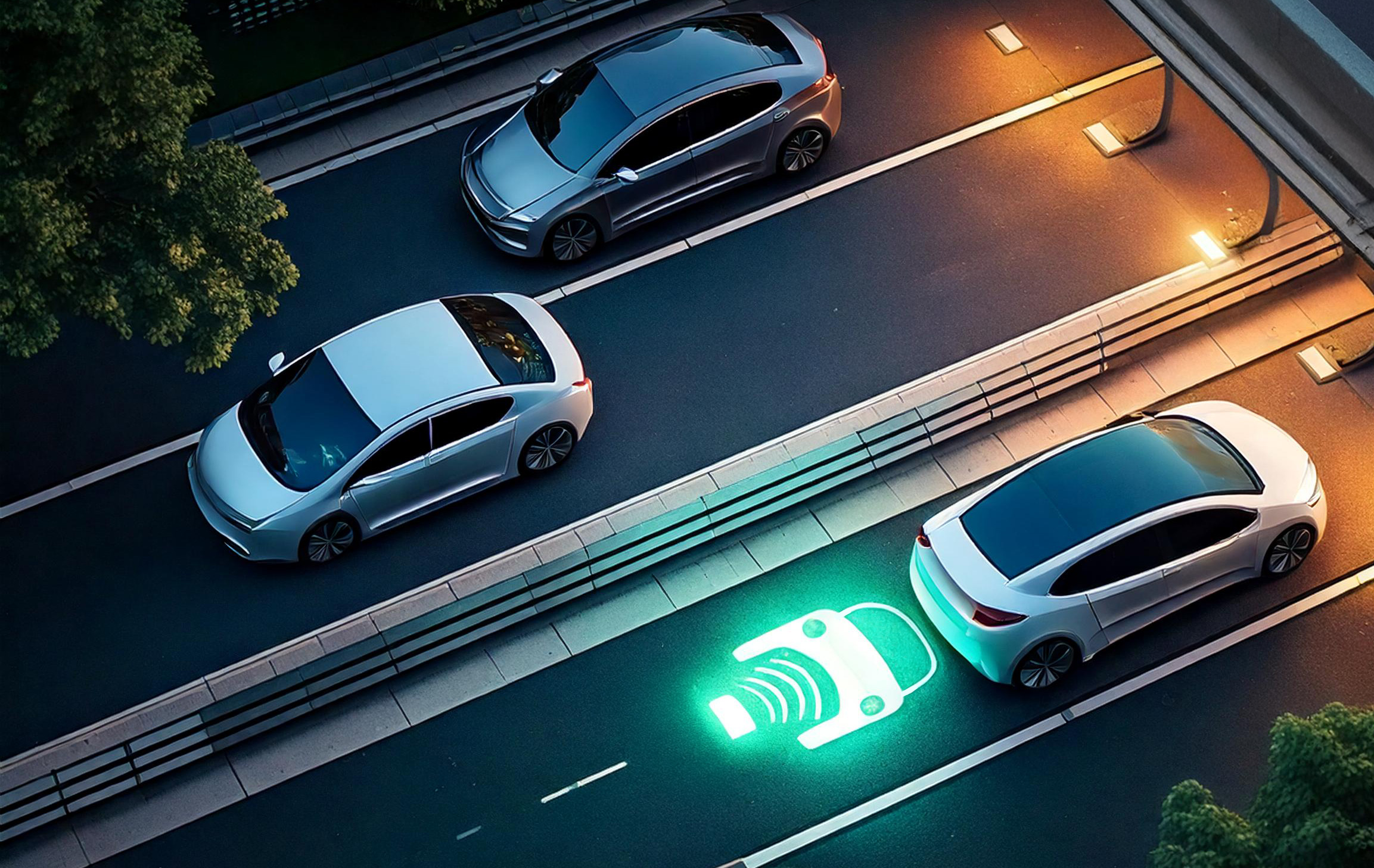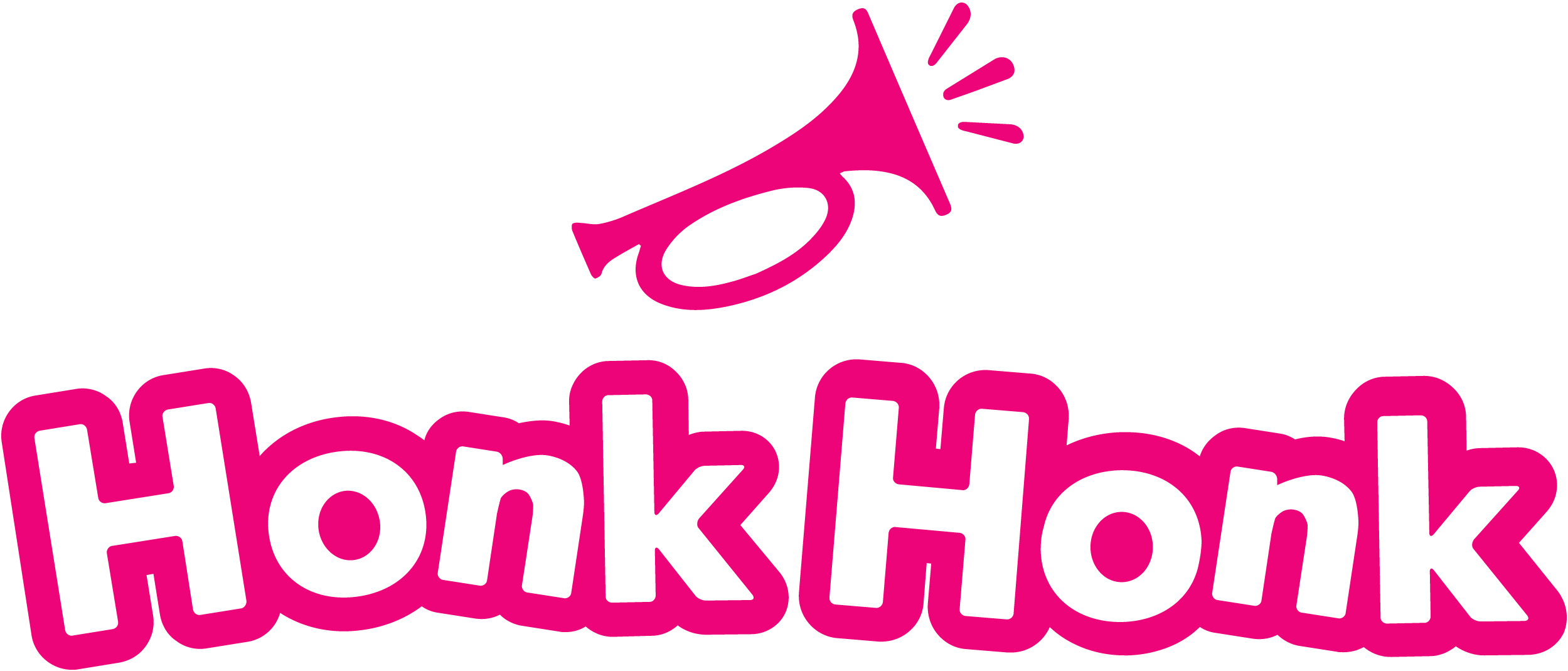
Tesla has been actively exploring and developing wireless charging technology for its electric vehicles (EVs) and associated products. Here’s an overview based on available information:
Tesla’s Wireless Charging for Vehicles:
- Inductive Charging: Tesla has confirmed they are working on a wireless inductive charging system where vehicles can charge by simply parking over a charging pad. This initiative was hinted at during Tesla’s Investor Day in 2023, and confirmed by Tesla’s Chief Designer, Franz von Holzhausen, in discussions about future charging technologies.
- Efficiency Claims: Tesla claims that its wireless charging technology for vehicles like the Cybercab could achieve efficiencies “well above 90%”, which would be competitive with wired charging solutions. This is significant because typically, wireless charging has been less efficient than wired methods, but Tesla’s approach seems to aim at closing this gap.
- Implementation: There’s evidence suggesting Tesla might be preparing to roll out this technology, with mentions in service manuals for the Cybertruck and hints at public demonstrations, particularly for the Robotaxi. This indicates Tesla is not only considering home use but also applications in autonomous vehicle fleets where manual plugging is impractical.
Wireless Charging Accessories:
- Wireless Charging Platform: Tesla offers a wireless charging platform for smartphones and other Qi-enabled devices. This platform, inspired by the Cybertruck’s design, uses FreePower technology, allowing for up to three devices to charge simultaneously without precise alignment. It’s noted for its premium build but also its high cost.
- Wireless Portable Charger: Tesla also sells a wireless portable charger for on-the-go charging of up to two devices. This product is exclusive to Tesla vehicle owners and has features like magnetic alignment for charging.
Benefits and Drawbacks:
- Benefits:
- Convenience: Eliminates the need for physical connections, which could be especially beneficial for autonomous vehicles or frequent users who might forget to plug in.
- Aesthetics and Safety: No cables mean a cleaner look and less risk of tripping over cords or damaging charging ports.
- Potential for Integration: With Tesla’s focus on smart homes and solar energy, there’s potential for integrating wireless charging with renewable energy sources.
- Drawbacks:
- Efficiency and Heat: While Tesla claims high efficiency, wireless charging generally involves energy loss as heat, which could impact overall battery life and energy use.
- Cost and Infrastructure: Installation of wireless charging pads, especially for vehicles, involves significant costs and infrastructure changes, like embedding pads into parking spots.
- Adoption and Standardization: The technology needs widespread adoption and standardization to become truly practical, which might take time.
Tesla’s venture into wireless charging is part of its broader strategy to simplify and enhance the EV ownership experience, aligning with their vision of a future where charging is as seamless as possible. However, like all emerging technologies, it faces challenges in terms of efficiency, cost, and practical implementation.
Nikola Tesla’s Vision of Wireless Charging:
Nikola Tesla, the pioneering electrical engineer, is often credited with the conceptual groundwork for wireless power transmission. His vision was far more ambitious than current applications:
- Experiments and Inventions: In the late 19th and early 20th centuries, Tesla conducted experiments with wireless power transmission, most notably at his Colorado Springs laboratory. He used a Tesla coil to transmit electricity wirelessly over considerable distances, demonstrating this by lighting lamps without wires.
- Wardenclyffe Tower: Tesla’s most famous endeavor related to wireless energy was the Wardenclyffe Tower, intended as part of his “World Wireless System.” This tower was meant to transmit both communications and power globally through the Earth’s natural conductivity and the atmosphere. However, due to financial constraints, this project was never completed.
- Magnetic Resonance: Tesla’s concept of magnetic resonance, or resonant inductive coupling, laid the foundation for what we now see in wireless charging technologies. He theorized that by resonating at the same frequency, energy could be transferred efficiently over distances without significant loss.
Modern Implications from Tesla’s Work:
- Inspiration for Modern Tech: Today’s wireless charging technologies, including those developed by the company named after him, draw inspiration from Tesla’s early experiments. The principle of inductive coupling he explored is central to contemporary wireless power transfer methods.
- Limitations Recognized: While Tesla’s ideas were visionary, the practical limitations of his time, like the enormous power requirements for long-distance transmission and significant energy loss, were substantial. Modern implementations have learned from these lessons, focusing on short-range, high-efficiency transfers.
- Tesla (the Company) and Wireless Charging: The modern Tesla Inc., under Elon Musk, has leveraged these historical insights into practical applications. The company’s work on wireless charging for vehicles can be seen as a direct, though scaled-down, homage to Nikola Tesla’s original dreams of a wirelessly powered world.
Bridging the Past and Present:
- Efficiency and Safety: Unlike Tesla’s time, where energy was transmitted over vast distances with questionable efficiency, today’s wireless charging focuses on close proximity with high efficiency, thanks to advanced electronics and materials science.
- Cultural Impact: Nikola Tesla’s work has not only influenced technical developments but also captured public imagination, ensuring that his name remains synonymous with innovative and sometimes futuristic technology.
By revisiting Tesla’s experiments, modern engineers have been able to refine his concepts into practical, everyday technologies, although the scale and scope are more limited than Tesla’s original vision of global power distribution. This blend of historical vision with contemporary engineering has led to the wireless charging solutions we see today, with Tesla Inc. leading the charge in automotive applications.


